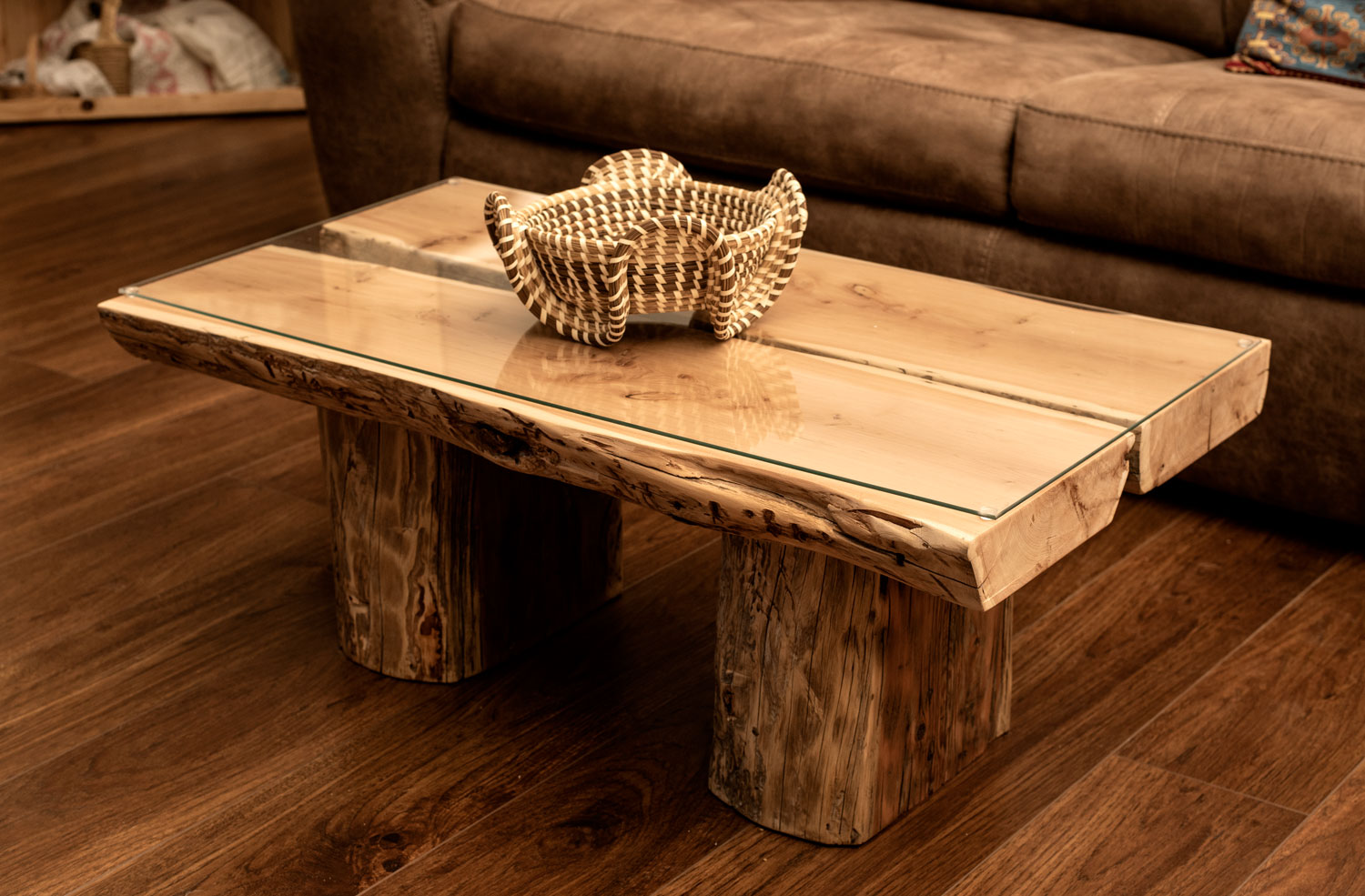Reclaimed Wood Gets A New Life
Photos by Forrest Anderson. Furniture by Forrest and Donna Rouviere Anderson.
Japanese carpenters say wood has several lives. The first is as a living tree, the second is in the form into which it first is made, and subsequent lives depend on the forms in which it is reclaimed for other uses.
In recent years, reclaiming, salvaging and repurposing wood and other used items has become such a pervasive home decor trend that some companies age new wood products to make them look reclaimed. While some interior trend specialists believe that this mass-produced weathered look is on the wane, reclaimed wood as a building material and design element is likely here to stay. The reason is that there are sound environmental and design reasons to use reclaimed wood in some applications.
Reclaimed wood is a renewable resource that otherwise would go to waste. It enables us to preserve more of the forests that clean and filter our air, provide us with nature retreats, help filter our water supply and provide wildlife habitat.
Old wood is harder and more durable than newly harvested wood, because it was harvested from old growth wood sources that are no longer available to woodworkers because they have vanished or are now protected. Anyone who has worked with both old growth reclaimed wood and newly harvested softer wood knows that the level of craftsmanship that can be achieved with old growth wood can be significantly better.
Old wood has stories, character and a connection with the past that many people value highly. Incorporating reclaimed wood into a modern build or furniture project can give it a crafted one-of-a-kind quality that is lacking in most modern architecture and furniture. This approach is popular in Europe, Japan, Australia and the United States in particular, driven by thoughtful artisan carpenters who want to pursue their craft while preserving history and being kind to the environment.
Reclaimed wood has some disadvantages that limit its practical use. It is less likely to be standard sizes, so carpenters who use it need to have the equipment, skills and time to cut it into the sizes they need. Some old lumber was treated with chemicals that may not be safe for use in a home, so it’s important to be judicious about what types of reclaimed wood are used. Reclaimed wood typically has nails that need to be removed, driving up the price of labor. Wood needs to be carefully inspected for pests such as termites, so you don’t bring them into your home. Typically, there is a fair amount of waste from rotted sections that has to be discarded. Old wood isn’t necessarily structurally sound, so it often makes more sense to use it in smaller amounts as an architectural accent or in furniture than as a structural component.
Some well-known architects, notable among them Kengo Kuma and Maya Lin, have taken the blending of reclaimed wood, traditional artisanship, modern function and cutting-edge building materials and techniques to a high art form in their work. Having by happy chance acquired a large amount of old lumber from an old pioneer log cabin that was in my family, we have long worked with reclaimed wood, trying to take the approach of blending the use of it into our modern lifestyle. Here are some examples of ways we have used reclaimed wood:

We used logs from our family's cabin on the ceiling of a newly built home and as columns between which new cabinets were installed. We built the table using both new boards and scraps left over from a previous bookcase project. The chairs are 140-year-old ones that we repaired and painted in the blue color that originally was used on some of them.
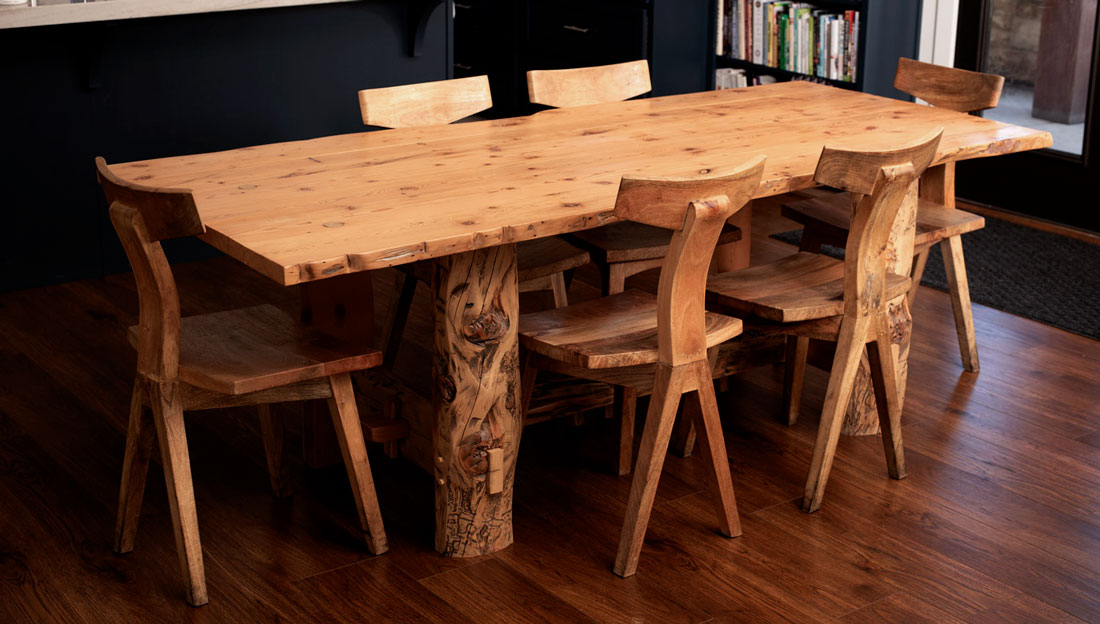
We made this table from old logs. The chairs are recycled restaurant ones.
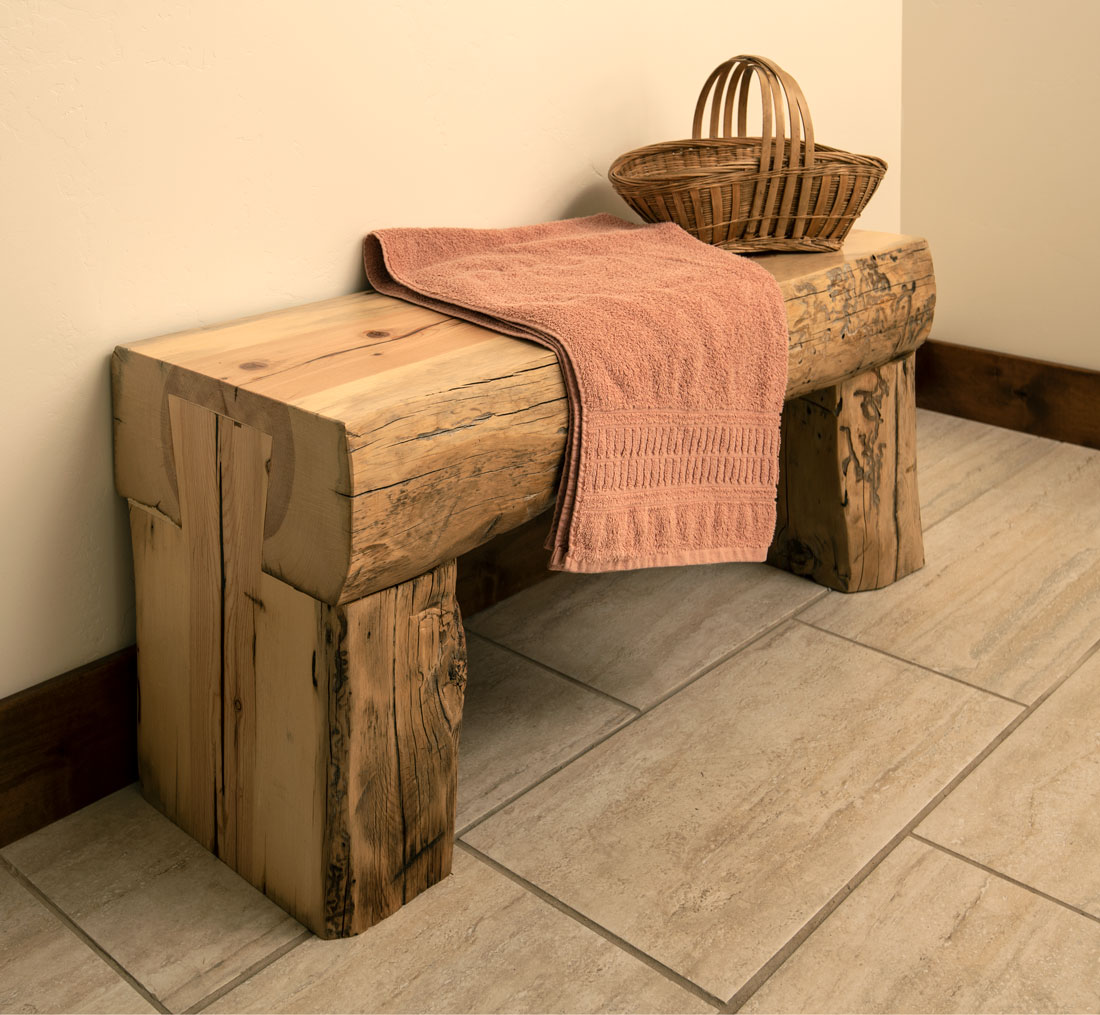
We made this bench from three old logs, using large dovetails to join them together.

Recycling wood doesn't have to be complicated. These simple shelves made from logs fit well into the rustic style of our indoor-outdoor house.
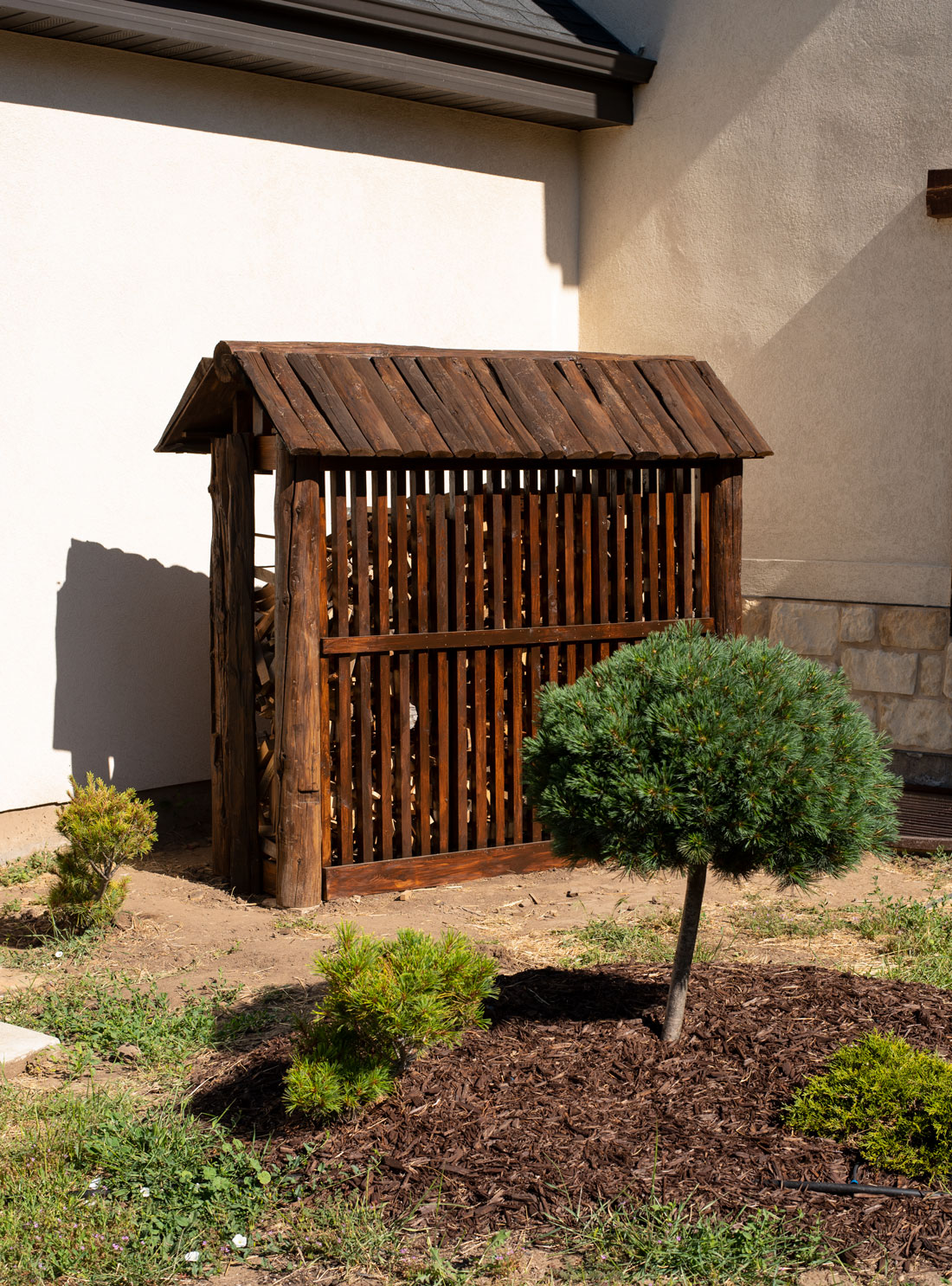
We built this Japanese-style woodholder from old logs and scraps left from other projects and placed it in our backyard Japanese garden. It stores wood for a firepit and inside fireplace.
Reclaimed wood doesn't have to be particularly old. We have made a number of pieces of furniture with pieces of children's furniture that our children grew out of.
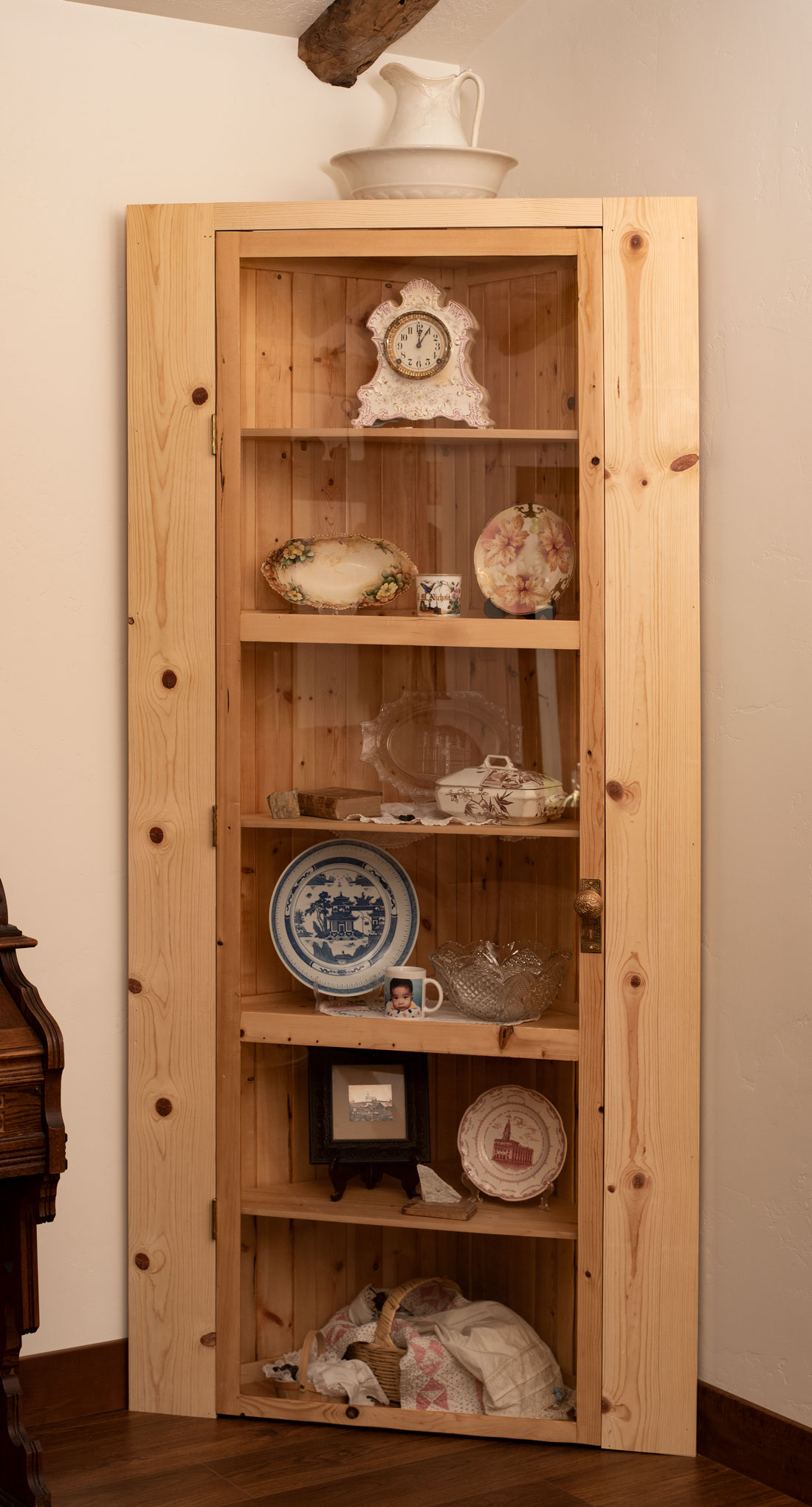
This corner cabinet was made from beds and other furniture our children once used. The door knob is an East Lake antique we purchased on ebay.
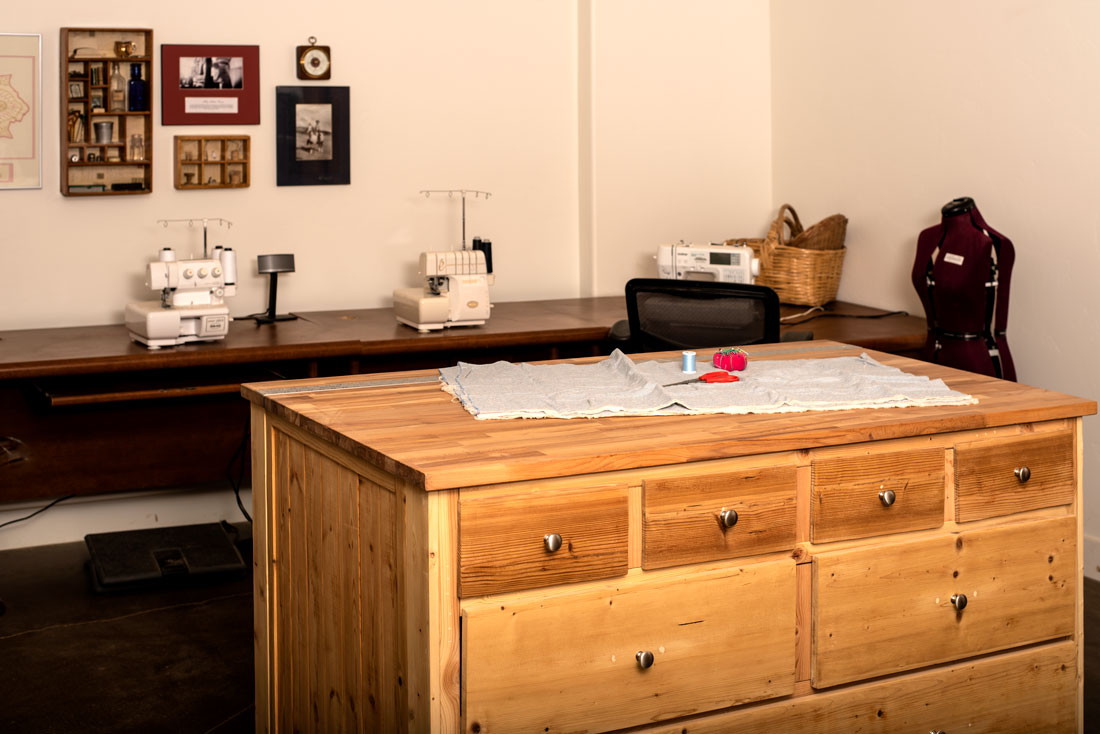
This sewing cabinet has recycled drawers from old furniture our children used once upon a time.
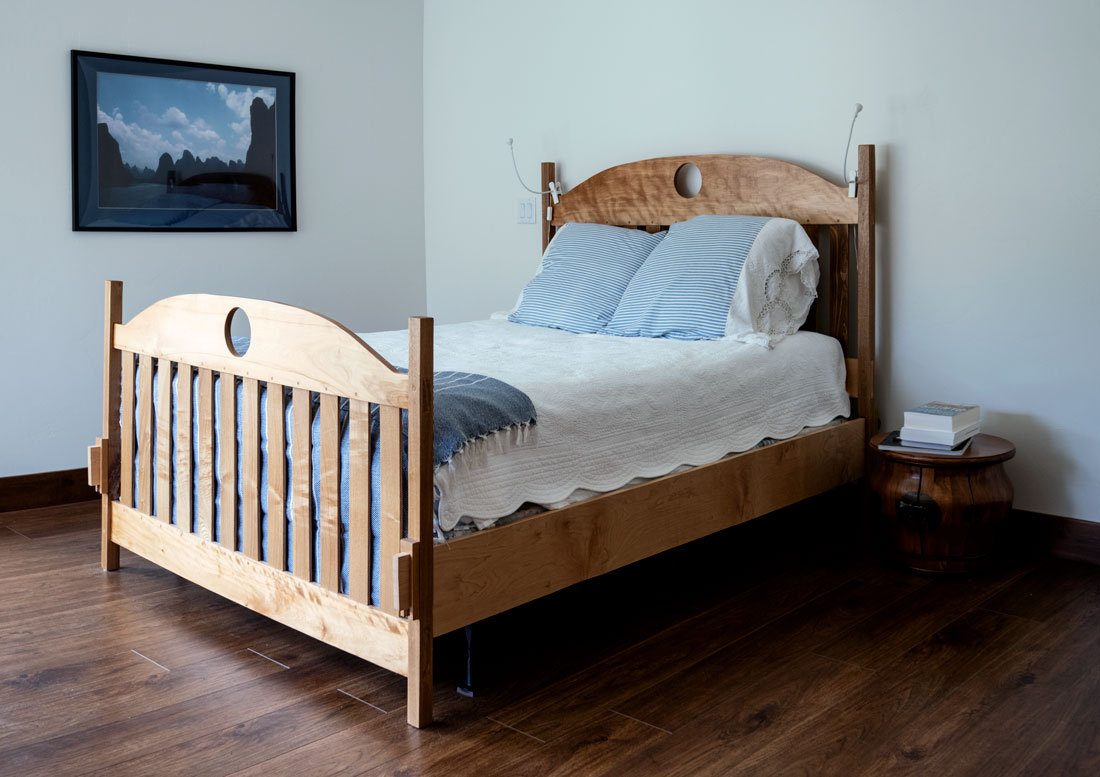
We made this bed mainly from scraps left over from other projects.
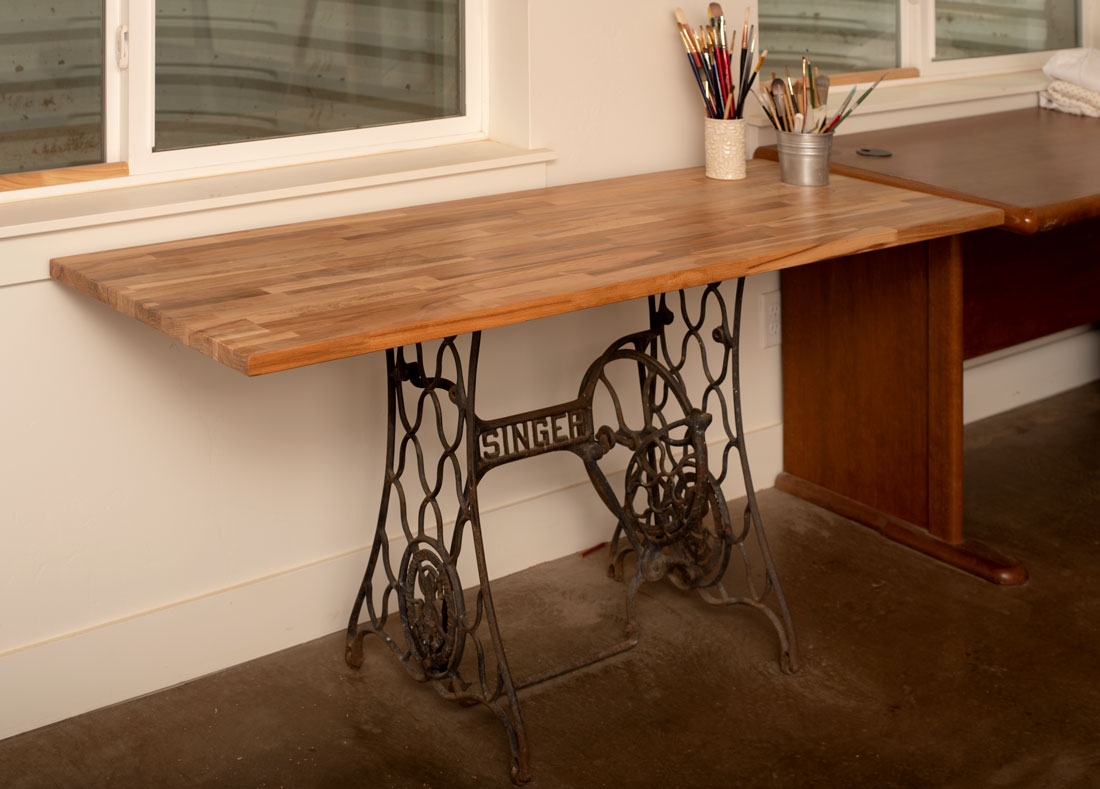
Reclaiming wood can be easy and simple. When our neighbor didn't want this IKEA butcher block top, we made it into a table for a daughter's art studio by adding it to an old Singer sewing cabinet stand that she inherited from her grandmother.

When all else fails, wood palettes can be recycled into hundreds of different types of objects. We made this simple exercise table for a basement gym by nailing four palettes together, adding a finish and a foam mattress and covering it with a length of faux leather upholstery fabric that we happened to have on hand.
Check out these related items
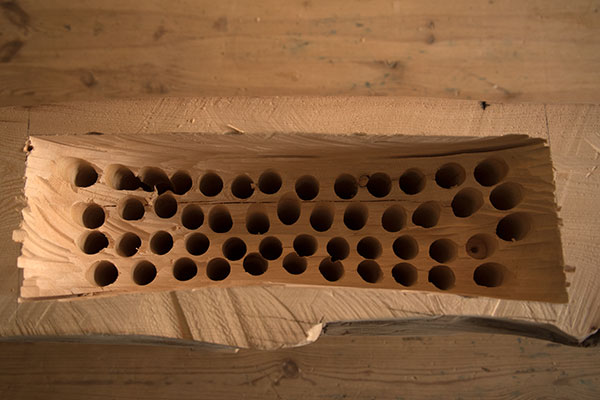
Mantel from Reclaimed Wood
Making a fireplace mantel from a reclaimed log requires mounting it so the supporting wall will bear its weight.
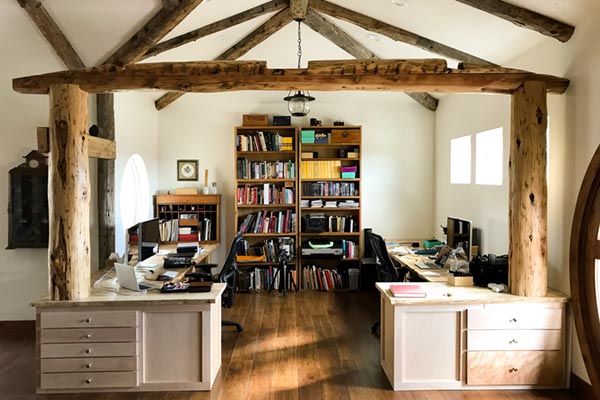
Building an Arch and Cabinets
To carve space for our office out of a larger living space, we built an arch and cabinets out of old reclaimed beams.
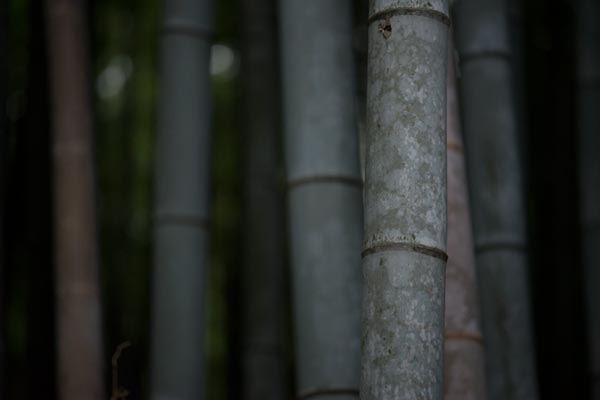
Sustainable Bamboo
Eat it, build a home or furniture with it, use it in the kitchen, use it for plumbing, wear it, make fences or containers with it.
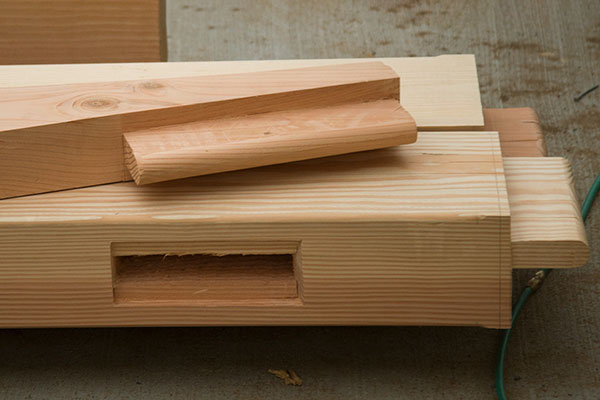
Mortise-and-Tenon Timbers
Mortise-and-tenon timber construction, one of the most ancient forms of construction, is today a specialty craft.

Framing The Thoughtful House
See our video and blog on the framing of The Thoughtful House and the process of framing a house.
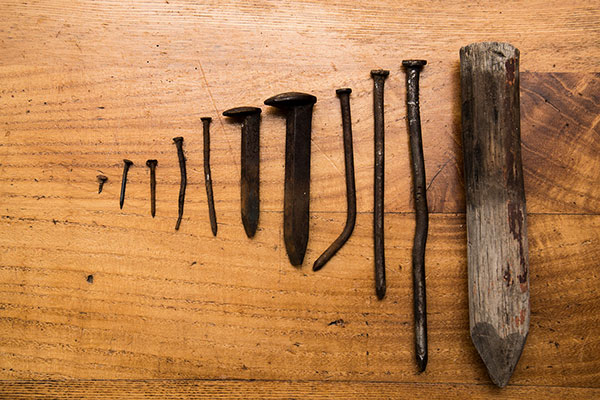
Nail Party
Nails had to be extracted from reclaimed timbers to be used in constructing The Thoughtful House.
